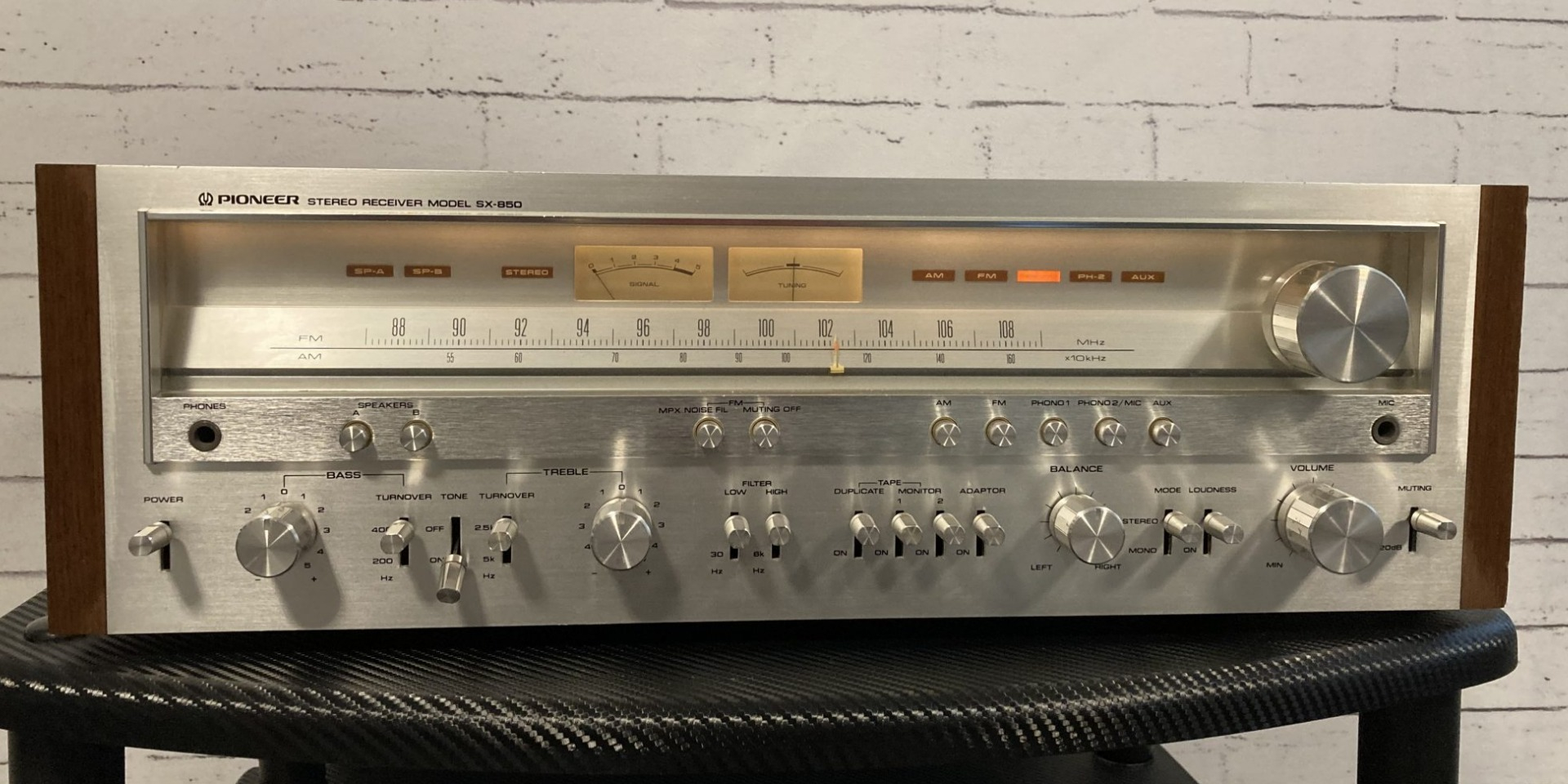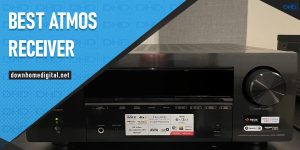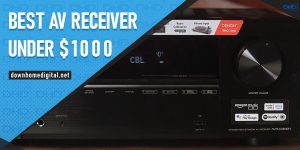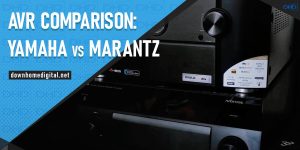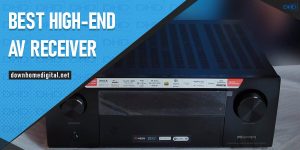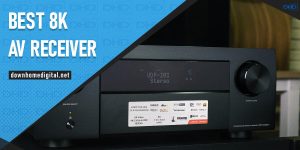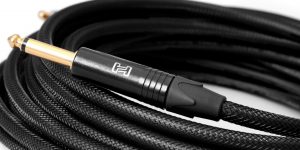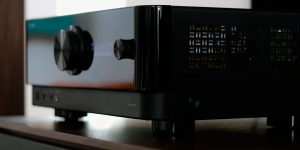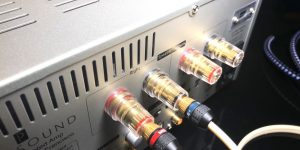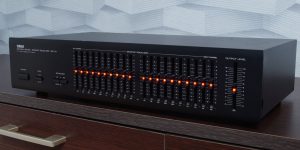So, you are a happy receiver owner, but you have already encountered some problems. And now you want to figure out the receiver overheating fix. Yes, AVR, like any other complex device powered by the mains, can get hot and sometimes even overheat. What is the optimal receiver temperature? How do we determine the ideal temperature for audio equipment? These and other questions will be answered in today’s article.
Understanding normal operating temperatures
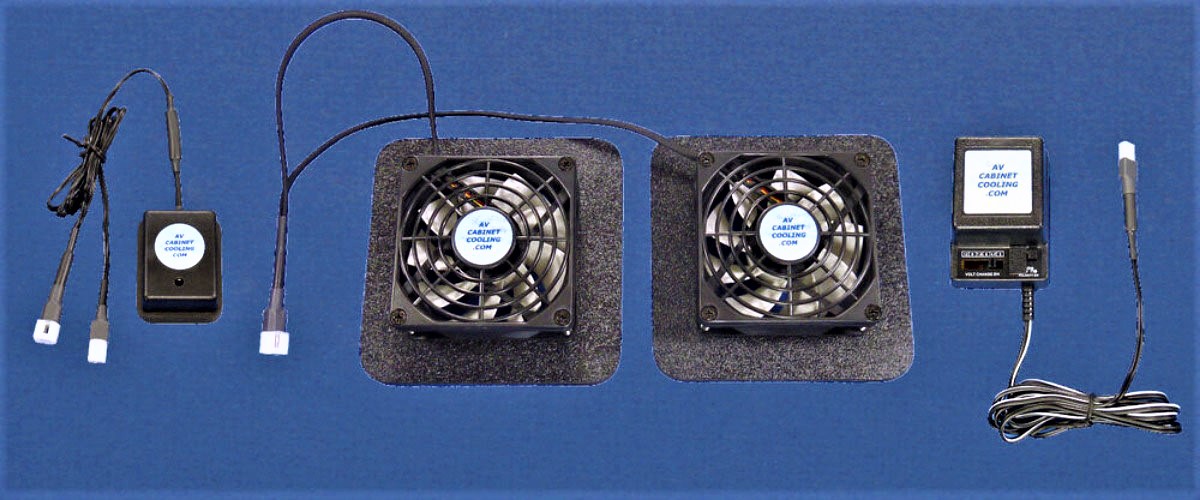
As you already know, AV receivers can generate a significant amount of heat, especially during the process of decoding and amplifying audio signals. This is normal. The proper operating temperature for AV receivers varies depending on the device model and brand, but it usually ranges from 89.6°F to 104°F.
Under no circumstances should you allow the temperature of your AVR to rise. I will discuss what may happen in the next section.
What can happen if an AV receiver overheats?
Overheating an AV receiver can lead to several serious problems affecting its functionality and longevity. Firstly, it can cause temporary malfunctions, such as interrupted sound or even signal loss. Secondly, the quality of the audio signal can seriously deteriorate. Thirdly, prolonged overheating can accelerate the wear and tear of electronic components, shortening their service life. In addition, high temperatures can cause damage or failure of important electronic components. All of these will sooner or later cause the device to break down.
Why can an AV receiver overheat?

As I said earlier, receivers can get hot and even overheat. And it does not depend on price or brand. Even recognized market leaders, such as Denon receivers, can overheat. This is natural. It is important to know what to do to prevent this. For now, I will highlight 6 main reasons why your AV receivers can overheat:
- Poor ventilation. You have “hidden” your receiver in a place where it is “uncomfortable”. There is no proper air ventilation, and it starts to “suffocate”.
- Overloading. When working for a long time (more than 8 hours) at maximum volume, the equipment may start to heat up.
- Dust accumulation. Alas, any equipment that is not in a special hermetic package is subject to this phenomenon.
- High ambient temperature. Devices should be operated very carefully in summer (at high temperatures) or in very hot climates. Give it a break and ventilate (cool) the room.
- Firmware problems. Yes, errors in the firmware of your device can also cause such problems.
- Speaker impedance mismatch. If you use components that are not correctly correlated with each other, you are guaranteed to have overheating problems.
How to avoid overheating?
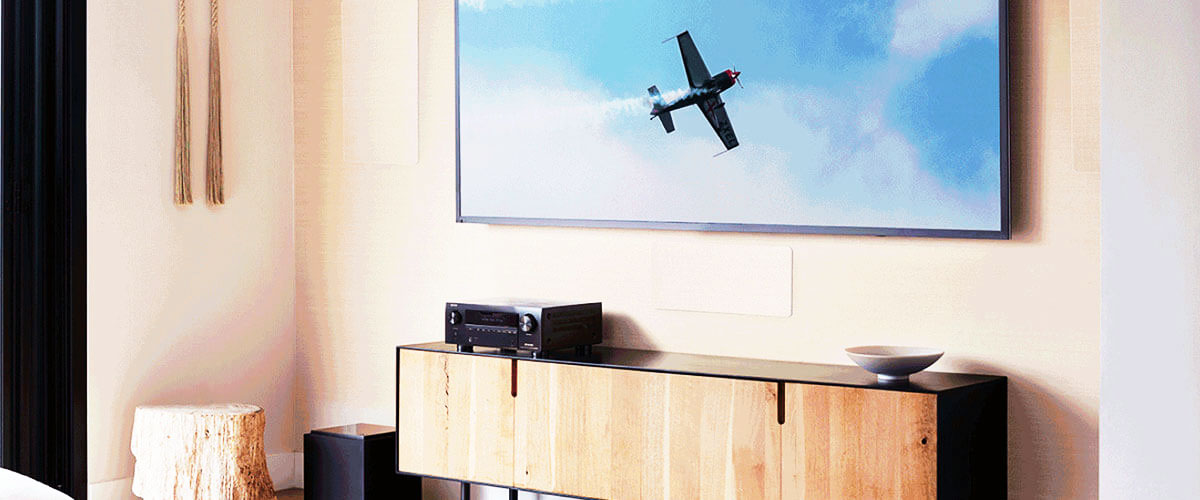
Basic steps
So you already know the main reasons why your receiver can overheat. That’s why I want to suggest practical amplifier overheating solutions. Let’s go over them in detail:
- Ensure proper ventilation. Provide your device with a place where it will not be “cramped”. Believe me, choosing the right location will solve 50% of your overheating problems.
- Avoid running your unit for long periods. Do not use your receiver “without rest”. Try to give it a “break” every 4 hours.
- Clean dust and debris. You wash your car, right? You should do the same with your AVR. It is enough to wipe it from dust once a week.
- Maintaining a comfortable room temperature. Try to maintain a constant, comfortable temperature not only for you but also for your equipment. If you realize the room is too hot, turning on the air conditioner is a good idea.
- Moderate use of volume. Yes, sometimes you want to crank the volume to the max! But that doesn’t mean you should do it all the time. In addition to annoyed neighbors, you risk overheating the receiver.
- Firmware update and reset. Sometimes, the problem of overheating lies in the so-called “brains” of the device. Therefore, updating the firmware can help to solve the problem.
- Speaker impedance matching. If your speakers and receiver do not find a “common language” between them, then you should replace them. Then, not only will the sound improve, but it will also solve the problem of equipment overheating.
Advanced and additional ways
I also recommend more advanced and non-trivial techniques for amplifier overheating solutions:
- External cooling solutions. Consider using external cooling fans or cooling stands designed for such equipment. This can help significantly improve airflow and dissipate heat more efficiently.
- Thermal paste replacement. Over time, the thermal paste between the receiver’s heatsink and internal components can deteriorate, reducing heat transfer. Replacing it with a high-quality thermal paste can increase heat transfer and, therefore, protect components from overheating.
- Smart power management. I recommend purchasing a smart power strip or surge protector with power-saving features. These accessories can automatically turn off connected devices, including the AV receiver when not in use, reducing standby heat generation.
- Upgraded AV receiver cooling. Some advanced receiver users are replacing the stock AV cool in their models with higher-performance ones. Make sure the components are compatible and seek professional help for this modification if necessary.
- External amplification. A rather interesting option is to use an external amplifier to share the load between components. This can reduce receiver workload and reduce heat generation.
- Rack placement and ventilation. If your AVR is part of a larger home theater rack, make sure it is properly placed and ventilated. Use rack-mounted cooling fans or ventilation panels to effectively manage heat.

